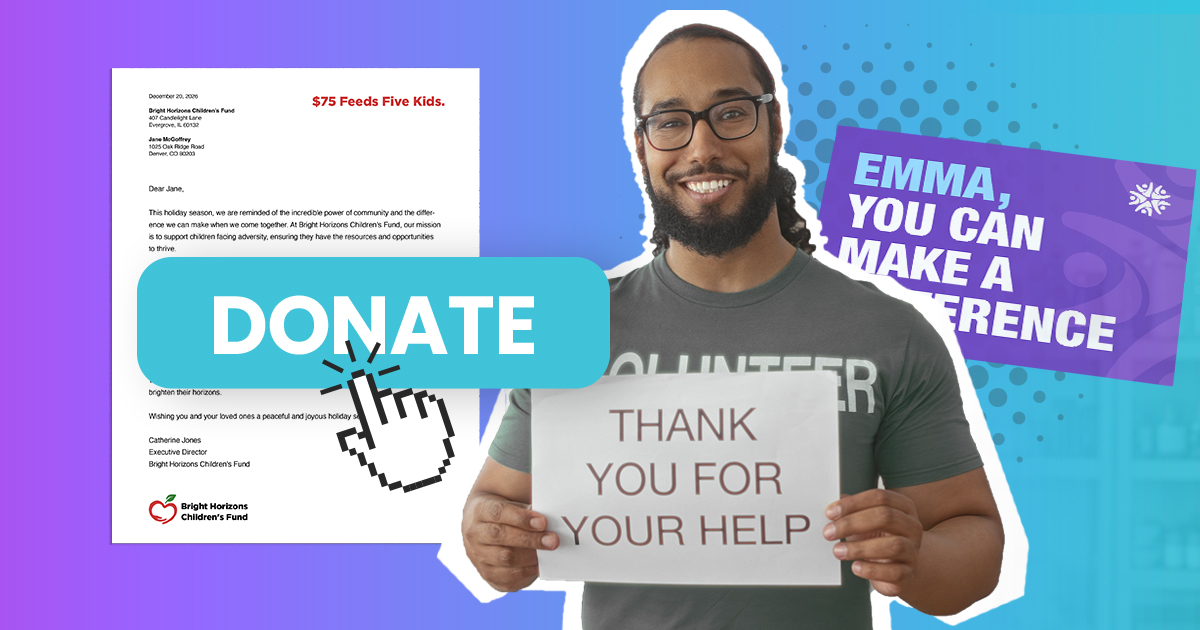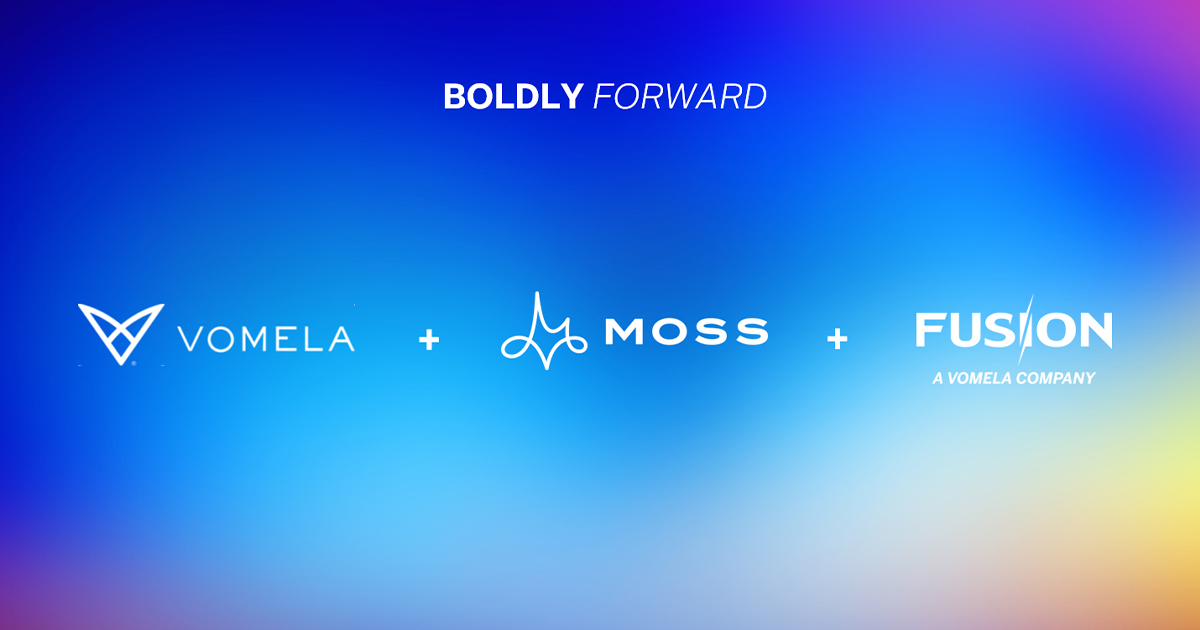
Part 1: The Power of Direct Mail—5 Types & Tips

Direct mail marketing remains one of the most effective ways to reach your audience. Despite the ubiquity of digital marketing—email, ads, social, etc. —physical mail can capture attention and drive engagement in ways no other medium can.
Brands don’t have a “reach” problem—they have an “engagement” problem. Personalized direct mail delivers high engagement in the form of open rates and brand recall and is effective when used to re-engage people into digital journeys.
When you’re trying to reach prospects and customers using only the digital marketing tactics everyone else uses, your message gets lost in a “sea of sameness.” Add direct mail to the mix and engagement and sales will soon grow.
Here’s a sampling of some of the main types of direct mail and few tips for what you can do to make each of them successful:

1. Postcards
Postcards are a cost-effective and straightforward type of direct mail. They are ideal for quick announcements, special offers, or event invitations. Restaurants, for example, can send a menu on an oversize card with a coupon deal. The key to their success lies in their simplicity and visibility. With no envelope to open, your message is immediately in front of your recipient and can remain out in the open and visible for some time on a counter or desk.
Tips for Success
- Use eye-catching designs and bold headlines.
- Keep the message short and to the point.
- Include a clear call to action (CTA).

2. Letters
Letters offer a more personal touch and are perfect for more detailed and/or private communication. They can be used for a variety of purposes, such as fundraising, customer appreciation, and detailed product information. Welcome letters for new customers explaining benefits are useful, and non-profits can share the organization’s story/mission with donors for fundraising. Healthcare has many uses for the simple letter, including reminders about benefits or to re-engage and retain customers/members.
Tips for Success
- Personalize the greeting to create a connection.
- Use engaging and compelling content.
- Include a P.S. at the end to highlight a key message, offer, or CTA.

3. Brochures and Catalogs
Brochures and catalogs provide the space to showcase your products or services in full-color detail. They are particularly effective for businesses with a broad range of offerings, such as: real estate and retail. Any enterprise that has a lot of information or wares to share with customers and/or prospects can benefit from creating and mailing a high-quality catalog. Remember what I did for Sears and Lord & Taylor?
Tips for Success
- Use high-quality images, paper, and a professional design.
- Organize content logically and clearly.
- Include order forms or easy ways to contact your business.

4. Dimensional Mailers
Dimensional mailers are boxes or packages that can include anything from a sample product to a creative, three-dimensional piece. They are highly engaging and memorable, making them perfect for high-value targets or special promotions. Uses are many and varied, but some are: thanking a customer for her business or sending a personalized gift to a prospect to keep the deal moving. The limits are your imagination.
Tips for Success
- Make the unboxing experience exciting and memorable.
- Ensure the content inside is valuable and relevant.
- Follow up with recipients to enhance engagement.

5. Newsletters
Newsletters are great for building relationships and providing ongoing value for your customers through information, education, and, perhaps, some entertainment. Newsletters can be used to share company news, industry insights, and useful tips. In the financial services industry, for instance, newsletters could contain quarterly reports, or in the non-profit segment, they might update donors and prospects about the organization’s accomplishments.
Tips for Success
- Provide valuable and relevant content.
- Maintain a consistent schedule.
- Use engaging visuals and easy-to-read layouts.
Why Direct Mail Works
Direct mail is successful because it provides a tangible, physical touchpoint that digital marketing cannot replicate. It can be personalized, targeted, and integrated into a broader marketing strategy. By leveraging the strengths of each type of direct mail and focusing on clear, engaging messages, businesses can create powerful campaigns that drive results.
Incorporating a mix of these direct mail types into your marketing strategy can help you reach a wider audience and achieve your marketing goals. Remember, the key to success is in the details—from the design, production, and content all the way through to follow-up messaging and future engagement and connection.



